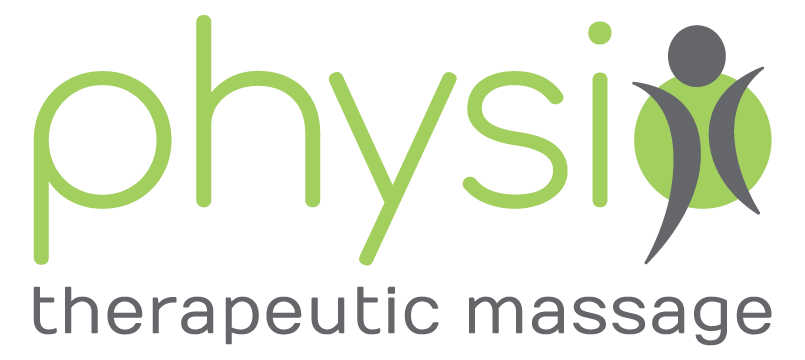What is Osteopathy?
Osteopathy is a unique holistic (whole body) approach to health care. Osteopaths do not just concentrate on treating the problem area but use manual techniques to balance all the systems of the body, to provide overall good health and well being.
Treatment administered through drug-free, non-invasive manual medicine that focuses on total body health by treating and strengthening the musculoskeletal framework, which includes the joints, muscles, and spine. Its aim is to positively affect the body’s nervous, circulatory, and lymphatic systems.
There are four main osteopathic principles:
- The body is a unit, and the person represents a combination of body, mind, and spirit.
- The body is capable of self-regulation, self-healing, and health maintenance.
- Structure and function are reciprocally interrelated.
- Rational treatment based on an understanding of these principles: body unity, self-regulation, and the interrelationship of structure and function.
What to expect during an osteopathic session?
Every session begins with a highly in-depth history taking and assessment. In an initial visit, the patient asked a variety of questions about past/current injuries, slips, trips or falls. It is imperative to be as thorough as possible and remember there is no such thing as too much detail during this process as all things are inter-related when it comes to the human body.
Services Fees
- 60-minute Initial Assessment and Treatment … $130
- Follow Up Treatments
- 30 minutes … $80
- 45 minutes … $100
- 60 minutes … $120
For example, if you took a nasty fall off your bike when you were nine this would be valuable information to include in an initial history taking.
After the history taking completed, you will be assessed by your practitioner to establish a baseline for a range of motion, flexibility, neurological (nerve) testing as well as pain levels. This process is quite like the beginning to piece together a puzzle of everyone picture of health.
Following the assessment, your practitioner will briefly discuss the plans for treatment, and your session will begin. Trust in your specialist is highly critical to the success of therapy.
For example, it is very common that you may come with an initial complaint of neck or shoulder pain and your practitioner may be spending more time working on your hips and or lower back area, which is all a part of the osteopathic approach to holistic healing and addressing the causes of an issue.
Following treatment, your practitioner may prescribe various stretches, exercises, or dietary suggestions to assist in your journey to recovery.
You will also give a timeline of how many sessions will be necessary to return to an optimal state of health.
Who can benefit?
Everyone can benefit from treatment from elderly patients to young children.
The following is a list of conditions that can benefit from osteopathic treatment:
- Muscle and joint pain, arthritis, sciatica
- Chronic pain, fibromyalgia
- Postural stress
- Repetitive strain injuries (tendinitis, carpal tunnel, plantar fasciitis)
- Headaches (tension, migraine)
- Insomnia, fatigue
- Traumatic injuries (sports, whiplash, falls)
- Digestive difficulties (reflux, bloating, constipation)
- Respiratory disturbances (asthma, bronchitis, shortness of breath, shallow breathing)
- Gynecological problems (PMS, irregular or painful periods, difficulty conceiving)
- Incontinence, pelvic organ prolapsed
- Post-surgical pain, scar tissue and adhesions
- Emotional distress and anxiety



